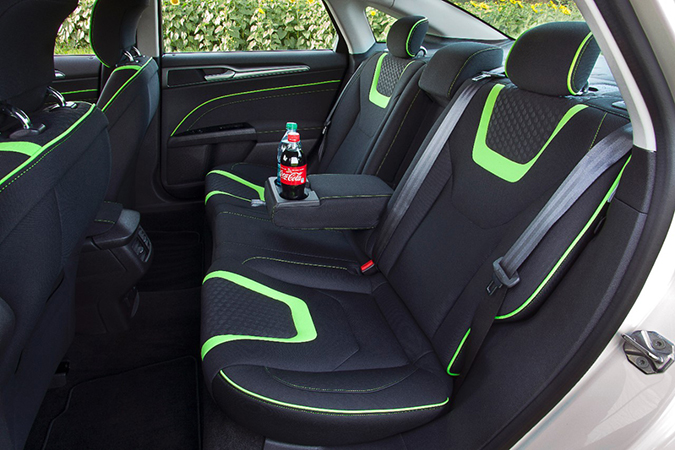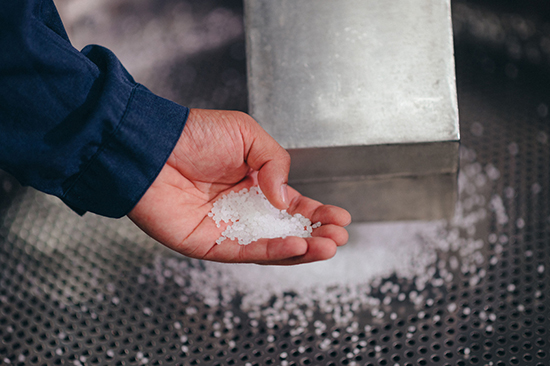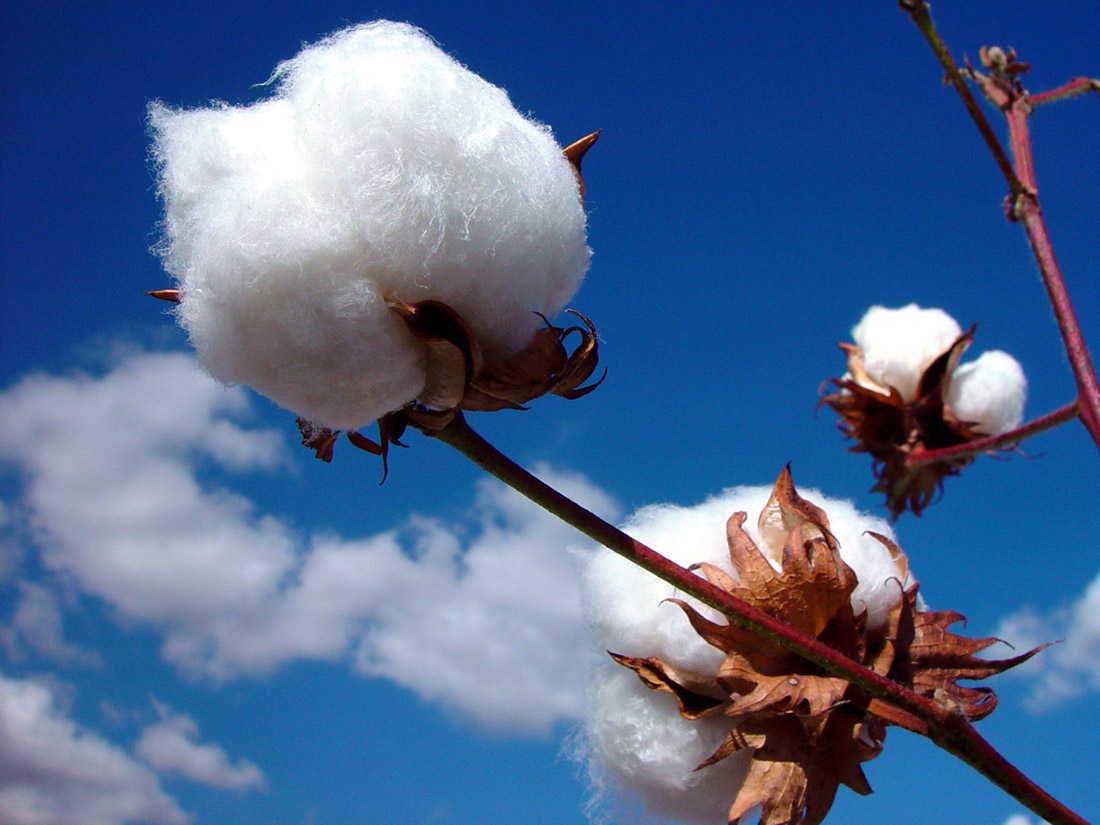As has been previously noted in International Fiber Journal, the nonwovens industry needs alternatives to synthetic fibers, and specific sectors need them fast (see “Legislation poised to boost demand for Lenzing’s lyocell fibers,” IFJ, Issue 6 2019, page 20).
With the imminent arrival of the European Single-Use Plastics Directive, and similar legislation planned in North America, there has been a notable drive to expand the processes for natural, renewable or recycled fiber nonwovens and products made with them over the past year.
ADL
Germany’s Sandler, for example, has recently introduced a number of new materials including an acquisition and distribution layer (ADL) for absorbent hygiene products (AHPs). All of its components can be made from renewable or recycled raw materials and its performance properties – such as absorbency, fluid distribution and storage capacity – can be fine-tuned to the requirements of each individual product.
The company is also introducing a nonwoven made from 100% unbleached cotton at the show, suitable for use as both a wipes substrate and for topsheet applications in AHPs.
Flax
In addition, Sandler is now combining flax and viscose for materials with enhanced softness for skincare products, while its 100% viscose BioWipe features a special embossed design, which not only adds visual appeal, but adds bulk and enlarges the surface to optimize absorbency in skin care applications such as cosmetics and baby wipes.
“All of these nonwovens receive their particular properties from the special fiber blends used,” says Sandler, “The raw materials selected not only maximize functionality but also enable a reduction in basis weight.”
Cotton
A focus of nonwovens technology manufacturer Trützschler is currently on enhancing the conversion of cotton into nonwovens for AHPs and wipes.
Consumers love textiles made from cotton fibers, the company observes, appreciating the soft and natural touch not only in garments but also in other products coming in contact with the skin.
Fiber fineness – usually in the range of between 3-5.5 microns – along with strength and absorbency make cotton fibers an ideal material for single-use dry and wet wipes, but there are two reasons for the fiber’s limited popularity in single-use nonwovens.
Firstly, cotton is usually more expensive than viscose/polyester blends. Secondly, cotton fibers are natural products and their quality can vary significantly – both regionally and from year to year.
Trützschler’s proven line technologies for cost effective cotton nonwovens are even able to reliably turn cheap cotton comber noils, as well as short or unbleached cotton fibers, into high-value products.
Another route to providing consumers with eco-friendly, sustainable and affordable single-use nonwoven products is via the combination of wetlaying and spunlacing (WLS) technology. Trützschler builds complete WLS lines in partnership with Voith.

CAC
Mondi Group has just commissioned a new line Ascania, Germany, for the creation of more sustainable three-layer nonwovens for personal hygiene and cleaning wipes.
The new CAC (carded-airlaid-carded) line is using 100% cellulose content, including viscose and pulp from certified sources, resulting in nonwovens materials that are fully biodegradable.
The new CAC technology makes it possible to combine three layers of nonwovens into a highly functional and stable composite material. This construction delivers optimal absorption and lotion load for high-quality biodegradable wipes and uses fewer resources than comparable carded mono-structures. The technology will be able to produce the entire sustainable nonwoven material in-line, while enabling hydro-embossing to increase softness and improve cleaning power.
“This latest technology means we can produce 100% biodegradable, high-performance nonwovens for wipes that are more accessible, and we are looking forward to introducing this to the market,” says Kelly Wright, Mondi’s product expert for personal care and components.
P&G’s Phantom
Procter & Gamble – as the global leader in AHPs – has meanwhile granted an exclusive worldwide license to Italian machine builder Teknoweb Materials to commercialize its in-house developed and patented Phantom technology.
P&G’s Phantom is a drylaid alternative technology for manufacturing products such as wet wipes from pulp and polymer fibers, which compared to conventional existing processes is said to offer superior performance, with both cost advantages and more eco-friendly products.
This technology dispenses with hydroentanglement, rendering the subsequent drying of the material redundant and targeted process management allows the optimal setting of relevant product parameters such as softness, tenacity, dirt absorption and liquid absorption.
Teknoweb also partners with Oerlikon Nonwovens for the development of new technologies with its partner for hygiene products and wipes.
Oerlikon has also developed an airlaid process for turning pulp or cellulose fibers into nonwovens with virtually unrivalled environmental performance. Oerlikon confirms that there is now a huge demand for manufacturing such high-quality, lightweight airlaid nonwovens with economically attractive production speeds and system throughputs.
The patented Oerlikon Nonwoven formation process – which also allows the homogeneous mixing of the most diverse raw materials, while simultaneously guaranteeing evenness and homogeneous fiber laying – is now setting new standards in the low running meter weights it can achieve, the company says.
The benefits of this technology are also increasingly gaining significance in sustainable recycling applications.

PLA and PHAs
Biopolymers such as PLA (polylactic acid) and PHAs (polyhydroxyalkanoates) have been the main drivers of growth in the field of bio-based and biodegradable plastics.
Production capacities for PLA are predicted to grow by 60% by 2023 compared to 2018. PLA is a very versatile material with good barrier properties and is available in high-performance grades that are suitable for replacing polypropylene, polystyrene and ABS (acrylonitrile butadiene styrene) in demanding applications.
The current leader in PLA production is NatureWorks, which opened its Ingeo PLA plant in Blair, Nebraska, back in 2001, and has a considerable head start on more recent emerging competitors.
Ingeo PLA has already been used in nonwovens by many companies including Ahlstrom-Munjskö, Berry Global, Fitesa and Mogul and Tokyo-headquartered Asahi Kasei is now introducing its recently developed Ecorise made from the fiber, which is said to offer a number of advanced functions such as superior softness and thermoformability.
Drop-in biopolymers
There is much work also going on in the development of bioplastics, although largely with a focus on packaging as an obvious immediate target, and nonwovens very much an afterthought.
So-called ‘drop-in’ solutions developed for the production of bio-based PET as well as bio-based PA (polyamide), currently make up around 48% or a million tons of global bioplastics production capacity.
Such products – the most famous example being Coca Cola’s PlantBottle initiative – only contain a percentage (around 30%) of bio-based content at present, which, while representing a very positive development, skews the overall figures for bioplastics production and still labels them as conventional plastics.
Attempts have also been made to produce a viable bio-polypropylene over the years, most notably by Procter & Gamble, but these have proved largely unsuccessful.
In August last year, however, LyondellBasell, the Netherlands-headquartered petrochemicals giant announced the first parallel production of bio-based PP and bio-based low-density polyethylene (PE) at a commercial scale, in a development with Helsinki-headquartered Neste – currently the world’s biggest producer of renewable diesel from waste and residues.
The joint project used Neste’s renewable hydrocarbons derived from sustainable bio-based raw materials, such as waste and residue oils.

Neste technology
Headquartered in Espoo, Finland, Neste produces bio-based alternatives to conventional fossil-based feedstocks for the production of polymers and chemicals and now has an annual production capacity of three million tons of renewable products. With its proprietary NEXBTL technology, it can utilise nearly any bio-based oil or fat as a raw material, including lower-quality waste and residue oils, to produce various premium-quality renewable products.
The project with LyondellBasell successfully produced several thousand tons of bio-based plastics which are approved for the production of food packaging and being marketed under Circulen and Circulen Plus, the company’s new family of LyondellBasell circular economy product brands.
LyondellBasell’s cracker flexibility allowed it to introduce a new Neste renewable feedstock at its site in Wesseling, Germany, which was converted directly into bio-based PE and PP. An independent third party tested the polymer products using carbon tracers and confirmed they contained over 30% renewable content – so this is another drop-in product for the moment.
Borealis
Subsequently, in October 2019, Austria’s Boralis announced a new strategic co-operation for the production of renewable PP with Neste.
It has enabled Borealis to start using Neste’s 100% renewable propane produced with its NEXBTL technology as a renewable feedstock at its facilities in Kallo and Beringen in Belgium.

Borealis plans to use Neste’s renewable propane, produced in Rotterdam, to create an entire portfolio of applications based on renewable-PP. This marks the first time that Borealis has used bio-based feedstock to partially replace fossil feedstock in commercial production of PP and it will also be the first time ever that renewable propane dehydrogenation is carried out at an industrial scale. The high-quality product will offer the same product properties as conventional PP and be fully recyclable, the companies say.
The propane dehydrogenation (PDH) and PP plant set-up of Borealis in Kallo will enable the company to start offering bio-based-propylene and consequently bio-based-PP in which bio-based content can be physically verified and measured.
In addition, Borealis will continue to apply a mass balance approach in its production at Kallo and Beringen to take a major step forward to provide both renewable propylene and renewable polypropylene to its customers.
The process will be certified by the ISCC Plus (International Sustainability and Carbon Certification), whose full value chain scope ensures that the renewable feedstock used is certified renewable, sustainably produced and traceable to point of origin.


